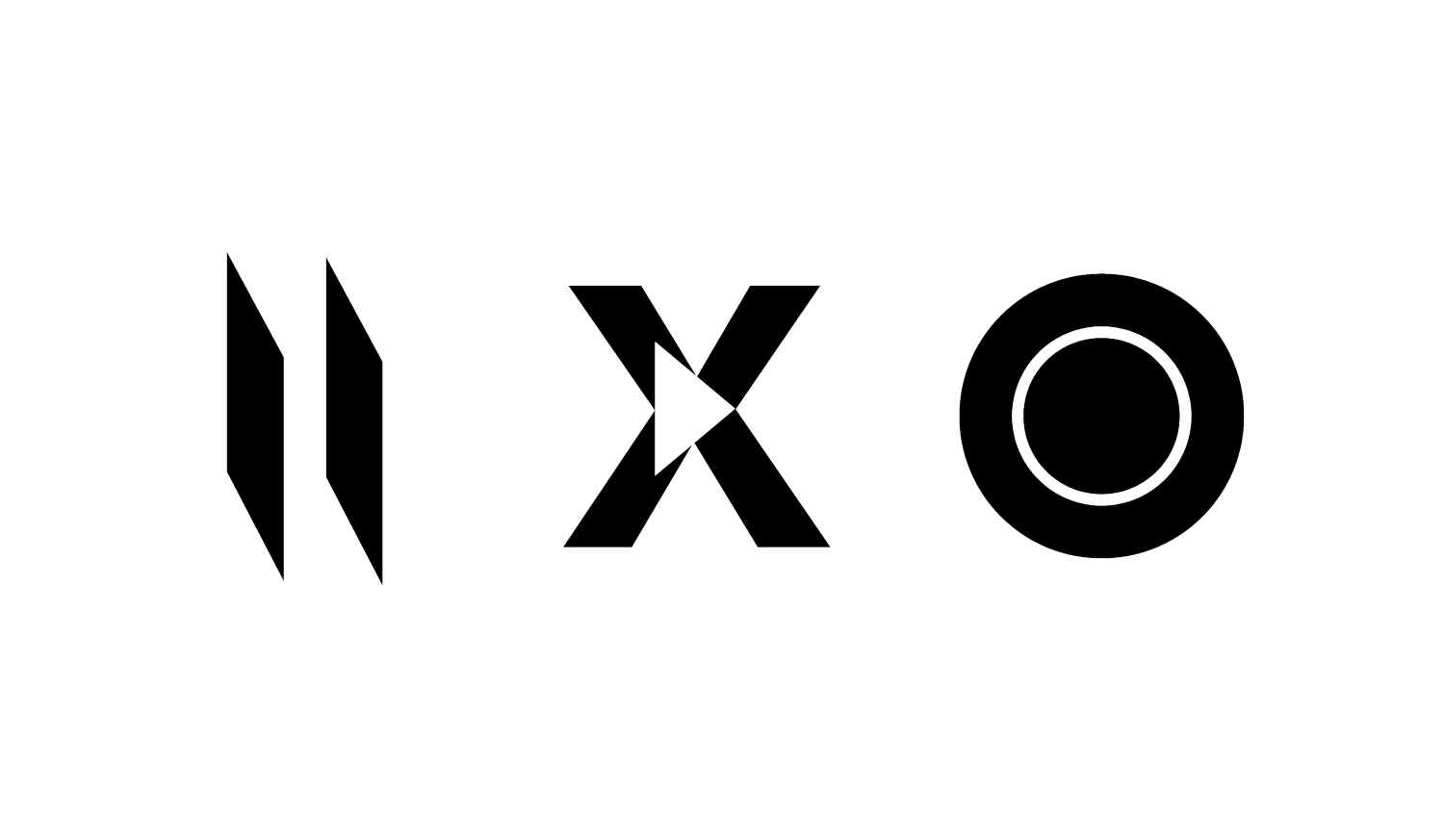During REMIX, we ask participants to create a documentary, which includes planning, logistics, interviewing, filming and editing, all in three days. But our name is the School of Slow Media. How can we ask you to produce 'slow media' in just three days? Revealed through a conversation salon "What is Slow Media?" held in Phnom Penh, we want to share with you what we mean by slowing down to create fast.
Q: REMIX is a very interesting idea! But I’m confused. How come you say “slow” but it’s only 3-days to make a short documentary film? Isn’t that fast?
SoSM: Yes, it’s true—REMIX is an incredibly intense experience, and it seems contradictory to tell you to slow down while asking you to make something that fast.
And as if the ambitious goal of producing a mini doc in 3 days isn't enough, participants are asked to do that with a team of people whom they've never met before. Strangers who in most cases are from a different cultural context, country and language.
We don't see these things as just challenges to overcome. Cross-cultural communication is what drives creative collaboration forward, and it is the engine for creativity in the 21st century.
Q: So, how do you teach people to “slow down” and create together?
SoSM: We have designed the REMIX experience to emphasize mindfulness and deep listening as key practices of the creative process. These techniques allow participants to be more aware of themselves and the relationship they have with the people they are filming.
For example, we inject “moments of pause” throughout the program that challenge the participants when they are stressed.
During the last stretch of editing, we tell them that everyone is going to do a 10-minute meditation session together. Immediately we hear groans and grunts of disapproval. You can feel the blood pressure rise. The last thing participants want to do when they are struggling against the clock is what seems like forced “mindfulness.”
But we’ve seen again and again how surprised participants are by the evolution of those precious ten minutes.
The first few moments are naturally very anxiety-inducing. Blood pressure continues to rise. But what emerges here is something else. The meditation time allows them to “slow down” and gain more clarity when they start to edit again.
“Sometimes we are so close to our “problems” that a brief step back is all we need to see different ways of tackling solutions. ”
Sometimes we are so close to our “problems” that a brief step back is all we need to see different ways of tackling solutions. This is especially true in the creative process.
Q: What do you hope people learn when they “slow down”?
SoSM: The goal of the 3-day training is to simulate the deadlines and the lack of time that most of us experience in our daily lives and turn it into a digital detox experience.
This digital detox allows people to slow down. It enables a more people-oriented process of valuing each other, which leads to creating the kind of creative work that dignifies people above all. The mini documentaries are evidence of the deep and compassionate listening that occurs at every step of the creative process. This is one of the most important lessons that our participants walk away with.
“Slowing down doesn’t mean having the luxury of time. It means intentionally carving out the space and time to listen closely and communicate effectively. ”
Slowing down doesn’t mean having the luxury of time. It means intentionally carving out the space and time to listen closely and communicate effectively. That is what we mean by human-centered storytelling, which is at the heart of School of Slow Media. It is a more humanizing way of telling and receiving stories.


